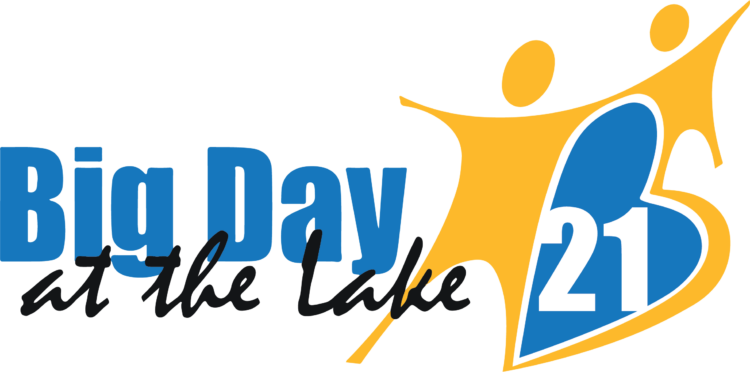
June 8. By Cheryl Kane. Work from home (WFH), remote work, and flexible hours have become common. Many claim this shift, originally due to COVID, is permanent. Some say it is a necessary benefit to competitively attract desirable employees in this labor-short market. Its benefits are extolled by employees and employers.
This all sounds too good to me.
I don’t hear much from a devil’s advocate view. Though necessary in a crisis, it seems there are tradeoffs that deserve further consideration.
Point: In the long-term who will be working where, when, and how well?
Is productivity being sustained—at the cost of personal time?

CHERYL KANE
Much is written about how electronic employee monitoring invades privacy and email-creep can require employees to work intermittently around the clock creating burnout. This means what should be their personal time is being interrupted by work. Without boundaries, WFH employees can lose their work-life balance and employers can incur unexpected legal overtime pay requirements.
Point: How do you achieve work-life balance without clear boundaries everyone respects?
What about organizational competitive strength?
Competitiveness demands agility: a continual and timely flow of communication to build collective organizational knowledge, real-time decision-making capacity, the authority to act, and the need to act in unison. How does an organization’s culture create long-term sustainable competitive advantage when its workforce is mostly working independently vs. collectively?
What happens to the voice of employees and managers?
When employees need assistance, or want to express important insight and opinions, how do they reach other employees whom they need to depend upon? Who will have a manager’s ear? How effective is manager feedback and instruction when there is uneven communication?
Point: When the labor shortage changes to a labor surplus market, will WFH employees be more vulnerable compared to their at-the-office?
How many and which roles can be flexible?
How many employees can work flexible hours, remotely in different time zones, in jobs that were designed to work collaboratively in business units that were designed to fit together, in an organization that depends upon continuous communication before the culture is eroded or nonexistent?
Point: Will WFH job descriptions, pay, benefits, and ways of managing, all need to be adapted to fit a whole new way of doing business to be both fair and effective?
How will managers manage equitably?
In WFH the line between personal and professional can become quite blurred. When employees don’t stay in strict professional mode due to the work context they are physically in (home) and injected into internet meetings and team conversations due to camera views, a changed perception of an employee by peers and supervisors, good or bad, may no longer only be about the work produce or the way a WFH employee behaves.
Managing WFH employees means managers may learn unexpected or inappropriate (protected) personal information about them. Some of this information creates a potential for resulting discrimination claims.
Point: Bias is often unconscious and unintentional-and it can be hard to prove you did not act on a bias if you have had access to irrelevant information about an employee.
How sustainable is WFH?
The fabric of the workplace culture must retain its strength as it flexes to remain competitive. Organizational missions must still be achieved. Employees need to collaborate efficiently.
—COVID created a perfect opportunity for employees and managers to realize a lot of work can get done with WFH. But is the best quality of work occurring? And will it work on a large scale for the long term? Managers and employees should consider WFH or remote work in a broader context before declaring it permanent. When the context changes, so can our view.
Cheryl Kane, MBA, PHR, GPHR, SHRM-SCP, is a strategic business consultant, sales trainer, & professional speaker specializing in problem solving and strategic planning. Cheryl welcomes your communication at email: [email protected]

Discussion
No comments yet.